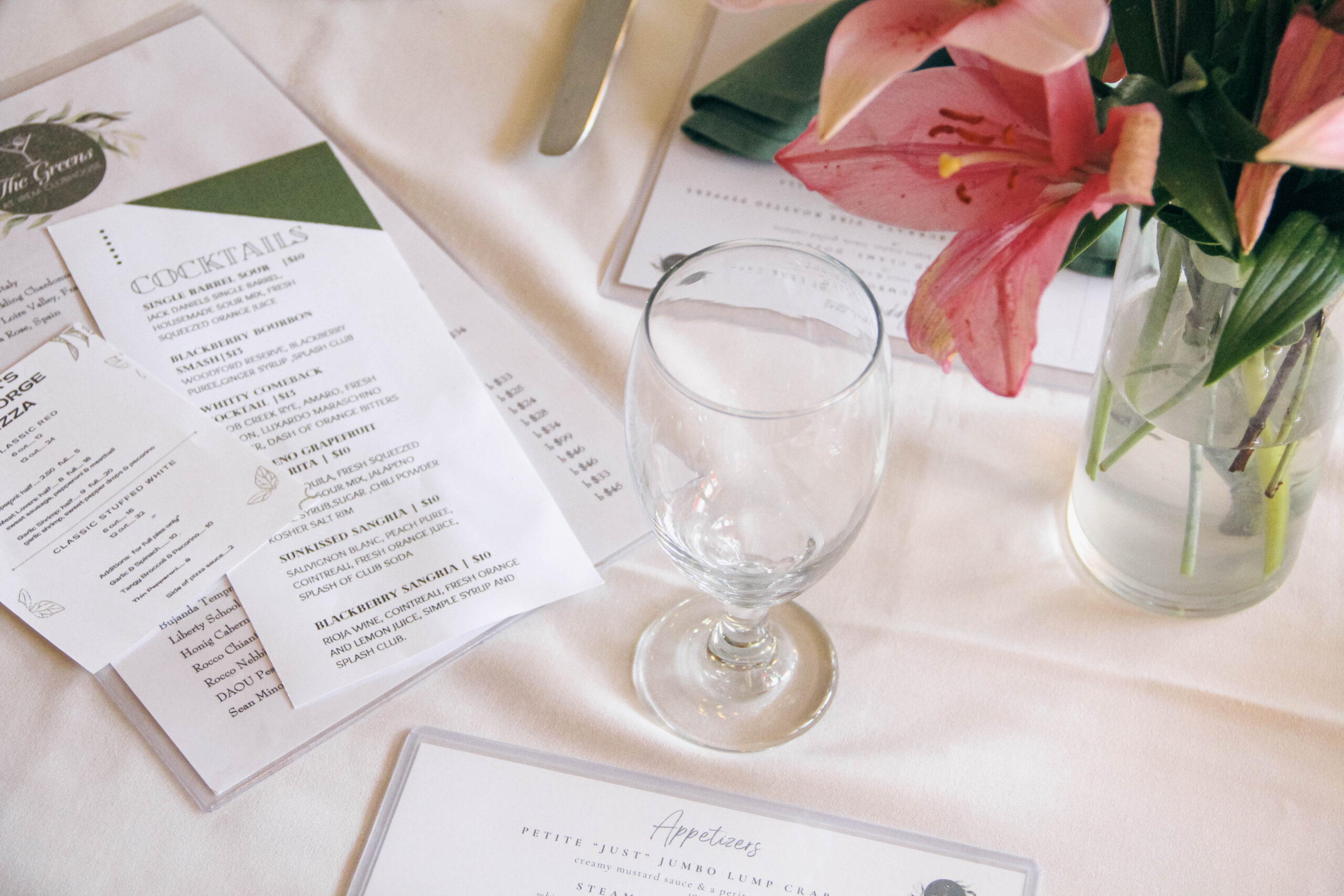Fine dining is a universal experience that varies from culture to culture. Understanding and respecting these differences can enhance your dining experiences and help you appreciate the rich traditions behind each cuisine. Here’s a look at fine dining etiquette from various parts of the world, highlighting the customs and practices that make each culture’s dining experience special.
France
French dining etiquette is all about elegance and precision. When dining in France, always wait for the host to start the meal. It is seen as impolite to talk or open your mouth while chewing, instead you should gently wipe your mouth after taking a drink. Avoid cutting your salad with a knife; instead, fold the leaves with your fork. Between bites, place your knife and fork on either side of your plate, and when you’re finished, place them parallel across the plate. Remember to keep your hands visible but not resting on the table, as resting elbows on the table is considered impolite.
Japan
In Japan, dining etiquette is deeply rooted in respect and ritual. Before eating, it’s customary to say “Itadakimasu” (I humbly receive) as a way of giving thanks. When eating sushi, use your fingers or chopsticks, and dip the fish side into the soy sauce to avoid overpowering the flavor of the rice. Slurping noodles is not only acceptable but encouraged, as it’s believed to enhance the flavors and shows appreciation for the meal. When your food is in small bowls, you should pick it up and lead it towards your mouth. Lastly, when drinking, it’s polite to pour for others rather than yourself, and always accept a drink with both hands.
Italy
Italian dining is a social affair, full of passion and enjoyment. Meals are leisurely and often include multiple courses. It’s customary to start with antipasti, followed by pasta or risotto, a main course, and dessert. In Italy, it’s polite to finish everything on your plate. Avoid asking for modifications to your dish, as Italian chefs take great pride in their culinary creations. When drinking coffee, note that cappuccinos are reserved for the morning; ordering one after lunch or dinner is considered unusual.
India
In India, dining is often a communal and hands-on experience. Many Indian meals are eaten with the hands, specifically the right hand, as the left hand is considered unclean. Always wash your hands before and after the meal. When dining with others, it’s customary to serve others before serving yourself and to offer food from your plate to those around you. Eating quietly and respectfully is important, and showing appreciation for the meal by praising the host is always welcomed.
China
Chinese dining etiquette emphasizes harmony and respect for hierarchy. Meals are often served family-style, meaning dishes are placed in the center of the table for everyone to share. When using chopsticks, it is best to avoid sticking them upright in your bowl of rice. This resembles incense used at funerals. Instead, place them on the chopstick rest when not in use. Toasting is an important part of Chinese dining culture as well. It’s polite to participate and toasting the host.
Understanding and respecting the fine dining etiquette of different cultures can enhance your dining experiences and foster a deeper appreciation for the culinary traditions around the world!
Check out our restaurants https://friedmanhospitalitygroup.com/our-restaurants/
Our extensive list of fine dining establishments includes the River Street Jazz Cafe, Beaumont Inn, Grico’s, Kevin’s Bar and Restaurant, Cork, Fire and Ice On Toby Creek, Bank+Vine, Rikasa, and The Greens at Irem Clubhouse. Join us and savor the seasonal delights that await you in Northeastern Pennsylvania.

